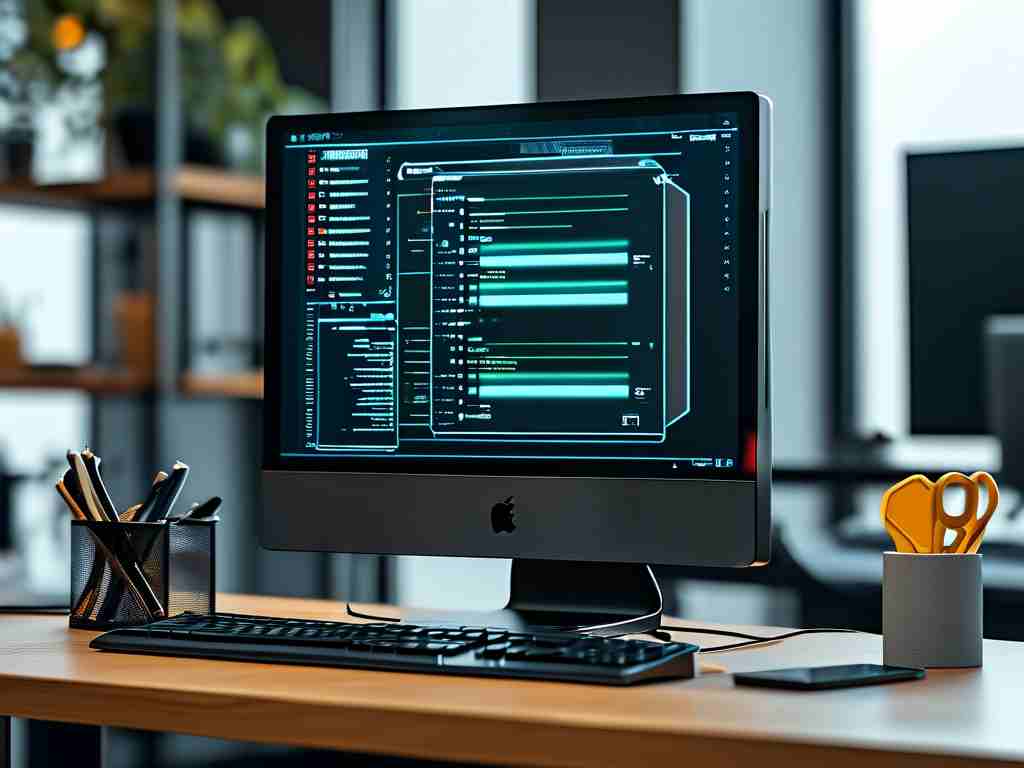When setting up a computer system, properly allocating memory partitions is critical for optimizing performance and ensuring efficient resource utilization. A well-structured partition strategy prevents storage bottlenecks, improves data access speeds, and enhances system stability. But how does one calculate the ideal partition sizes? This article explores the underlying formula and practical considerations for memory partitioning.

Understanding Memory Partitioning Basics
Memory partitioning involves dividing a storage device (e.g., a hard drive or SSD) into logical sections. Each partition operates as an independent unit, allowing users to manage files, operating systems, and applications separately. The process requires balancing factors like total storage capacity, intended use cases, and system requirements.
The Core Calculation Formula
The fundamental formula for calculating partition sizes is:
Partition Size = (Total Memory × Usage Factor) ÷ Number of Partitions Here’s a breakdown of the variables:
- Total Memory: The full capacity of the storage device (e.g., 1 TB).
- Usage Factor: A percentage representing the expected utilization of a partition (e.g., 0.7 for 70% usage).
- Number of Partitions: The desired count of logical divisions.
For example, if configuring a 512 GB SSD with three partitions—where the primary partition requires 60% of space for the OS, and the remaining two partitions need 20% each—the calculation would be:
- Primary Partition: 512 GB × 0.6 = 307.2 GB
- Secondary Partitions: (512 GB × 0.2) = 102.4 GB each
Adjusting for Real-World Scenarios
While the formula provides a starting point, real-world adjustments are often necessary. Consider these factors:
- File System Overhead: File systems (e.g., NTFS, ext4) reserve space for metadata, reducing available storage. For instance, NTFS typically uses 5–10% of a partition for system files.
- Future-Proofing: Allocate extra space to accommodate future updates or data growth. A partition filled to 90% capacity may suffer performance degradation.
- Application Requirements: Software like video editing tools or databases often demand contiguous free space. Undersized partitions can lead to errors or crashes.
Case Study: Gaming vs. Productivity Setups
A gaming PC and an office workstation have divergent partitioning needs:
- Gaming Rig: Large partitions for game installations (100+ GB per title) and temporary files. A 2 TB drive might allocate 500 GB to the OS, 1 TB to games, and 500 GB to media.
- Productivity PC: Smaller partitions for documents and cloud-synced files, with emphasis on frequent backups. A 1 TB drive could use 300 GB for the OS, 400 GB for work files, and 300 GB for backups.
Advanced Techniques: Dynamic vs. Static Partitions
Modern systems support dynamic partitioning, where sizes adjust based on demand. For example:
- Logical Volume Management (LVM): Allows resizing partitions without data loss.
- Static Partitions: Fixed sizes are preferred for critical systems (e.g., servers) to prevent unexpected resource contention.
Tools for Simplifying Calculations
Several utilities automate partition planning:
- GParted: A Linux-based tool for visualizing and adjusting partitions.
- Disk Management (Windows): Built-in utility for basic partitioning tasks.
- Third-Party Software: Tools like EaseUS Partition Master offer guided workflows for complex setups.
Common Mistakes to Avoid
- Overpartitioning: Excessive partitions complicate management and waste space.
- Ignoring Alignment: Misaligned partitions on SSDs can reduce lifespan and speed.
- Neglecting Recovery Partitions: Always reserve space for system recovery tools.
Final Recommendations
To optimize memory partitioning:
- Start with the base formula but adapt to specific needs.
- Test partitions with dummy data before finalizing.
- Monitor storage usage regularly and adjust as needed.
By combining mathematical precision with practical adjustments, users can create a balanced memory structure that maximizes efficiency and longevity. Whether building a high-performance workstation or a home entertainment system, thoughtful partitioning lays the foundation for seamless computing.









